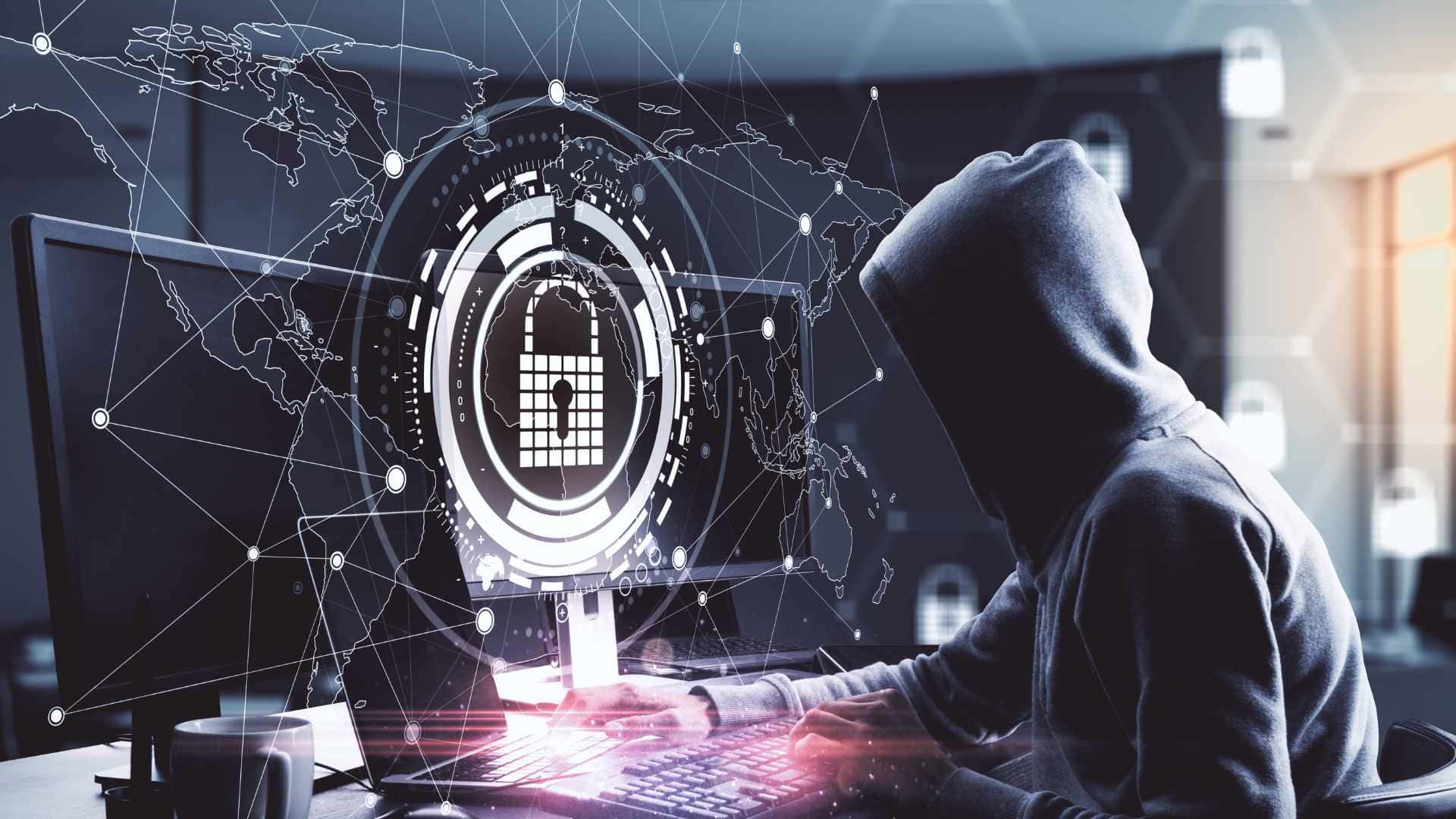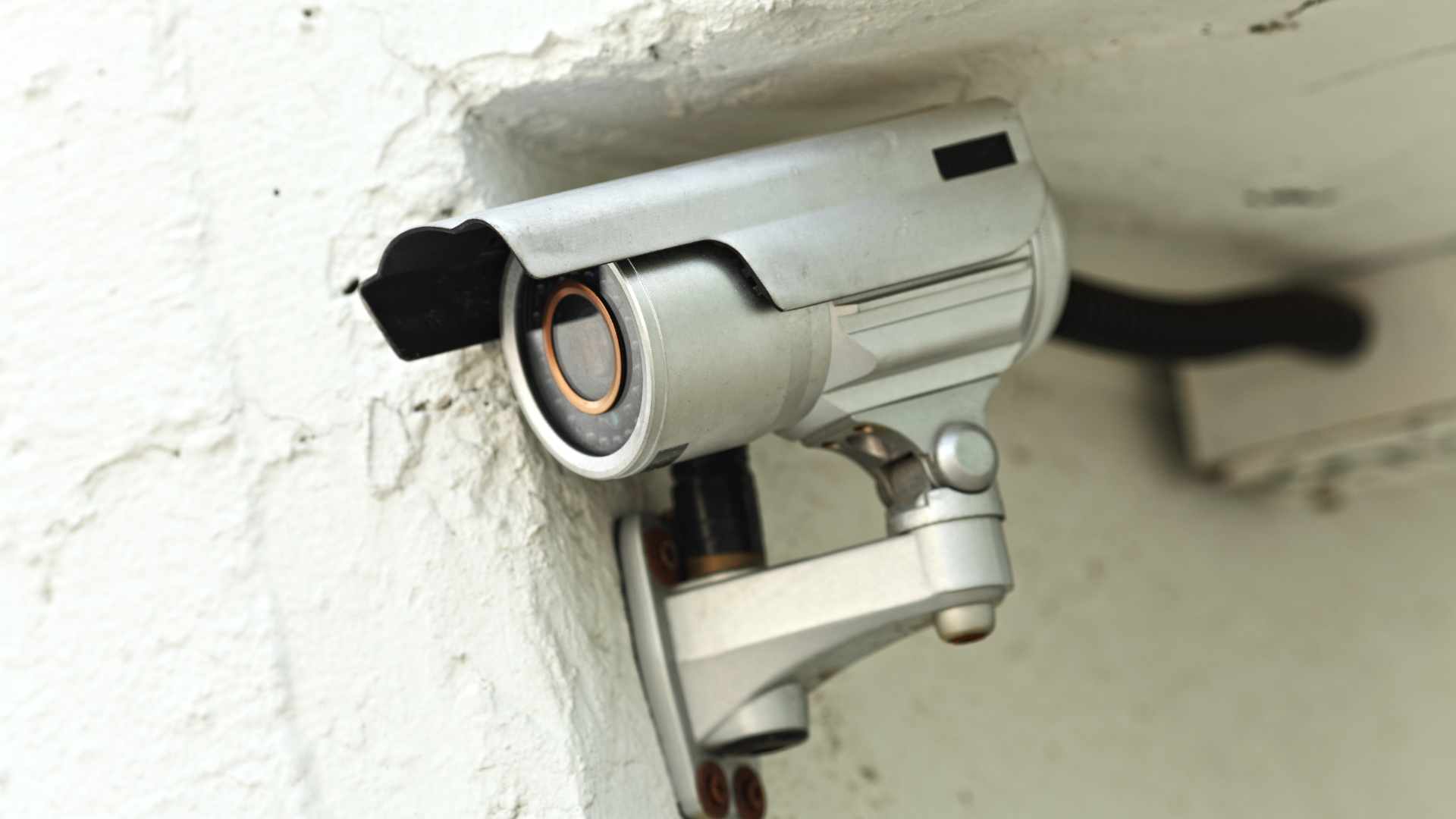Business security systems have evolved significantly, offering a variety of solutions to address diverse security needs. Understanding the different types of business security systems is essential for organizations seeking to implement effective security measures. This article explores the various security systems available, highlighting their features and benefits to help businesses make informed decisions.
One of the most prevalent types of business security systems is video surveillance. These systems utilize cameras to monitor and record activities within and around business premises. Modern video surveillance systems offer high-definition imaging, remote access, and advanced analytics, allowing businesses to detect and respond to suspicious activities in real-time. By providing a visual record of incidents, video surveillance not only deters criminal behavior but also aids in investigations and evidence collection.
Alarm systems not only provide immediate notification to business owners and security personnel but can also be connected to emergency services for a rapid response. By combining these different types of security systems, businesses can create a robust security infrastructure that addresses various threats and vulnerabilities.
Different Types of Business Security Systems
Physical Security Systems
They protect not only the digital assets of an organisation but also its physical assets, including people, property, and equipment. This blog delves into the key components, advanced technologies, best practices, and integration of physical security with cybersecurity, ensuring a comprehensive protection strategy.
Access Control
Purpose: Restricts entry to authorised individuals, enhancing security within an organisation.
Technologies: Utilises biometric scanners, keypads, ID cards, and mobile access solutions. Advanced systems may include two-way video verification for additional security.
Surveillance
Purpose: Monitors and records activities to deter and detect potential threats.
Technologies: CCTV cameras, motion sensors, and alarm systems. Modern surveillance integrates AI for real-time threat detection and analysis, improving response times and reducing false alarms.
Intrusion Detection
Purpose: Identifies unauthorised entries and potential breaches.
Technologies: Sensors on doors and windows, glass break detectors, and motion sensors. These systems trigger alarms and notify security personnel instantly.
Physical Barriers
Purpose: Deter and delay unauthorised access to secured areas.
Elements: Fences, gates, walls, doors, barbed wire, and visible security signs. These barriers increase the time required for intruders to gain access, providing more time for response.
Environmental Protection
Purpose: Safeguards against natural disasters and environmental threats.
Technologies: Fire suppression systems, flood barriers, earthquake-resistant structures, and strategic building reinforcements.
Cybersecurity Systems
Cybersecurity systems encompass the tools, practices, and protocols designed to protect networks, devices, and data from unauthorised access, attacks, or damage.
Cybersecurity refers to the measures and technologies that protect internet-connected systems, including hardware, software, and data, from cyber threats. These systems are critical for safeguarding information, ensuring the integrity and confidentiality of data, and maintaining the availability of business operations.
Firewalls
Firewalls are security devices or software that monitor and control incoming and outgoing network traffic based on predetermined security rules. They act as a barrier between a trusted internal network and untrusted external networks, such as the internet. Firewalls are essential for preventing unauthorised access and ensuring that malicious traffic is blocked before it can cause harm.
Intrusion Detection and Prevention Systems (IDPS)
IDPS are systems designed to monitor network or system activities for malicious activities or policy violations. Intrusion detection systems (IDS) alert administrators when suspicious activity is detected, while intrusion prevention systems (IPS) can take immediate action to block the detected threats. These systems are vital for identifying and responding to potential security breaches in real-time.
Anti-virus and Anti-malware Software
These software programs are essential for protecting systems from various forms of malicious software, including viruses, worms, and ransomware. Anti-virus software scans and removes malicious code, while anti-malware software offers broader protection against a wider range of threats. Regular updates and real-time scanning capabilities are crucial features of effective anti-virus and anti-malware solutions.
Data Encryption
Encryption is the process of converting data into a code to prevent unauthorised access. It ensures that even if data is intercepted, it cannot be read without the proper decryption key. Data encryption is critical for protecting sensitive information, particularly during transmission over the internet and in storage.
Multi-Factor Authentication (MFA)
MFA enhances security by requiring two or more verification methods to gain access to a system. This could include something you know (a password), something you have (a security token), or something you are (a fingerprint). MFA significantly reduces the risk of unauthorised access by adding an additional layer of security.
Security Information and Event Management (SIEM)
SIEM systems provide real-time analysis of security alerts generated by network hardware and applications. By consolidating and analysing data from various sources, SIEM systems help identify patterns and detect potential security threats. They are crucial for comprehensive security monitoring and incident response.
Cybersecurity systems are integral to the protection of digital infrastructure in today’s interconnected world. By implementing a comprehensive range of cybersecurity measures, businesses can defend against cyber threats, protect sensitive data, and ensure operational resilience. Staying informed about emerging trends and continuously updating security practices is essential for maintaining robust cybersecurity in the face of evolving threats.
Cybersecurity is a multifaceted field that requires a combination of technologies, practices, and vigilant monitoring to protect against a wide array of cyber threats. By understanding and implementing effective cybersecurity measures, businesses can safeguard their operations, data, and reputation in the digital age.
Integrated Security Systems
Security is paramount for both businesses and residential properties. Integrated security systems offer a comprehensive approach to safeguarding assets, personnel, and information by unifying various security technologies into a single, cohesive platform. This blog explores the importance, benefits, and components of integrated security systems, drawing insights from industry leaders and best practices.
Integrated security systems consolidate multiple security technologies, such as surveillance cameras, access control systems, and alarms, into a unified framework. This integration allows for seamless communication and management through a centralised interface, enhancing the overall efficiency and effectiveness of security measures.
Benefits of Integrated Security Systems
Enhanced Security and Monitoring
By integrating various security components, these systems provide extensive coverage, ensuring no aspect of security is overlooked. Integrated systems enable real-time surveillance and monitoring, allowing for immediate detection and response to security incidents.
Cost-Effectiveness
Combining multiple security technologies into one system reduces the need for separate installations, lowering overall costs. A unified system simplifies maintenance, requiring fewer resources and less time for upkeep.
Improved Efficiency
Centralised control of all security components simplifies management and operation, reducing the complexity involved in handling multiple systems. Advanced integration allows for automated responses to security breaches, such as locking doors or triggering alarms, enhancing the speed and efficiency of incident management.
Scalability and Flexibility
Integrated systems are designed to be scalable, allowing for easy addition of new components or technologies as needs evolve. Security solutions can be tailored to meet the specific requirements of different environments, whether for small businesses, large enterprises, or residential properties.
Integrated security systems represent the future of comprehensive security management. By combining multiple technologies into a unified platform, they provide enhanced protection, cost savings, and improved operational efficiency. Whether for commercial or residential applications, these systems offer scalable and customisable solutions to meet diverse security needs.
Conclusion
Business security systems have evolved significantly, offering a variety of solutions to address diverse security needs. Understanding the different types of business security systems is essential for organisations seeking to implement effective security measures. This article explores the various security systems available, highlighting their features and benefits to help businesses make informed decisions.
Video surveillance systems, access control mechanisms, and alarm systems form the backbone of modern business security. Each of these systems plays a critical role in protecting business premises and assets. Video surveillance provides real-time monitoring and recording, helping deter criminal activities and supporting investigations. Access control systems ensure that only authorised individuals can access specific areas, enhancing overall security. Alarm systems offer immediate alerts to unauthorised entries or emergencies, ensuring swift response and mitigating potential damage.
Physical security systems, integrated with advanced technologies such as AI and IoT, provide a comprehensive approach to protecting both digital and physical assets. These systems include surveillance, access control, intrusion detection, and environmental protection, each tailored to address specific security concerns. The integration of physical and cybersecurity measures ensures a holistic defence strategy, safeguarding businesses from a wide array of threats.
Cybersecurity systems are equally vital, protecting digital infrastructure from cyber threats. These systems include firewalls, intrusion detection and prevention systems, anti-virus software, data encryption, and multi-factor authentication. By implementing robust cybersecurity measures, businesses can defend against cyber threats, protect sensitive data, and ensure operational resilience.
Integrated security systems represent the future of comprehensive security management. By unifying various security technologies into a single, cohesive platform, these systems offer enhanced protection, cost savings, and improved operational efficiency. Whether for commercial or residential applications, integrated security systems provide scalable and customisable solutions to meet diverse security needs. A well-rounded approach to security-incorporating physical security, cybersecurity, and integrated systems-is essential for modern businesses. By staying informed about emerging trends and continuously updating security practices, businesses can ensure robust protection against evolving threats, safeguarding their operations, data, and reputation in the digital age.
FAQs About Business Security Systems
How Does An Access Control System Support Emergency Response Plans In Melbourne?
Access control systems can be integrated with emergency response plans to enhance safety during incidents. Features may include automatic lockdown capabilities, integration with fire alarms, and providing real-time information to emergency responders. This helps ensure a coordinated and effective response to emergencies.
What Is The Role Of User Training In The Effective Use Of Access Control Systems In Melbourne?
User training is crucial for the effective use of access control systems. Proper training ensures that all users understand how to use the system correctly, adhere to security protocols, and respond appropriately in case of system alerts or emergencies. Training can also help minimise user errors and enhance overall security.
Can Access Control Systems In Melbourne Be Upgraded As Technology Advances?
Yes, many access control systems are designed to be scalable and upgradable. This allows businesses to adopt new technologies and features as they become available, ensuring that their security systems remain up-to-date and effective in addressing evolving security threats.
What Types Of Businesses Benefit The Most From Access Control Systems In Melbourne?
Access control systems are beneficial for a wide range of businesses, including corporate offices, healthcare facilities, educational institutions, retail stores, and manufacturing plants. Any business that needs to protect sensitive areas, manage access to facilities, and ensure the safety of employees and assets can benefit from an access control system.
How Can You Find A Reliable Access Control System Installer In Melbourne?
To find a reliable installer, research local security companies, read customer reviews, and ask for recommendations from other businesses. Ensure the installer is licensed, has experience with the type of system you need, and offers comprehensive support and maintenance services. It’s also beneficial to request a consultation to discuss your specific security needs and receive a tailored solution.


